Fifteen-Minutes-of-Fame
Talla Rouge - Viola Duo
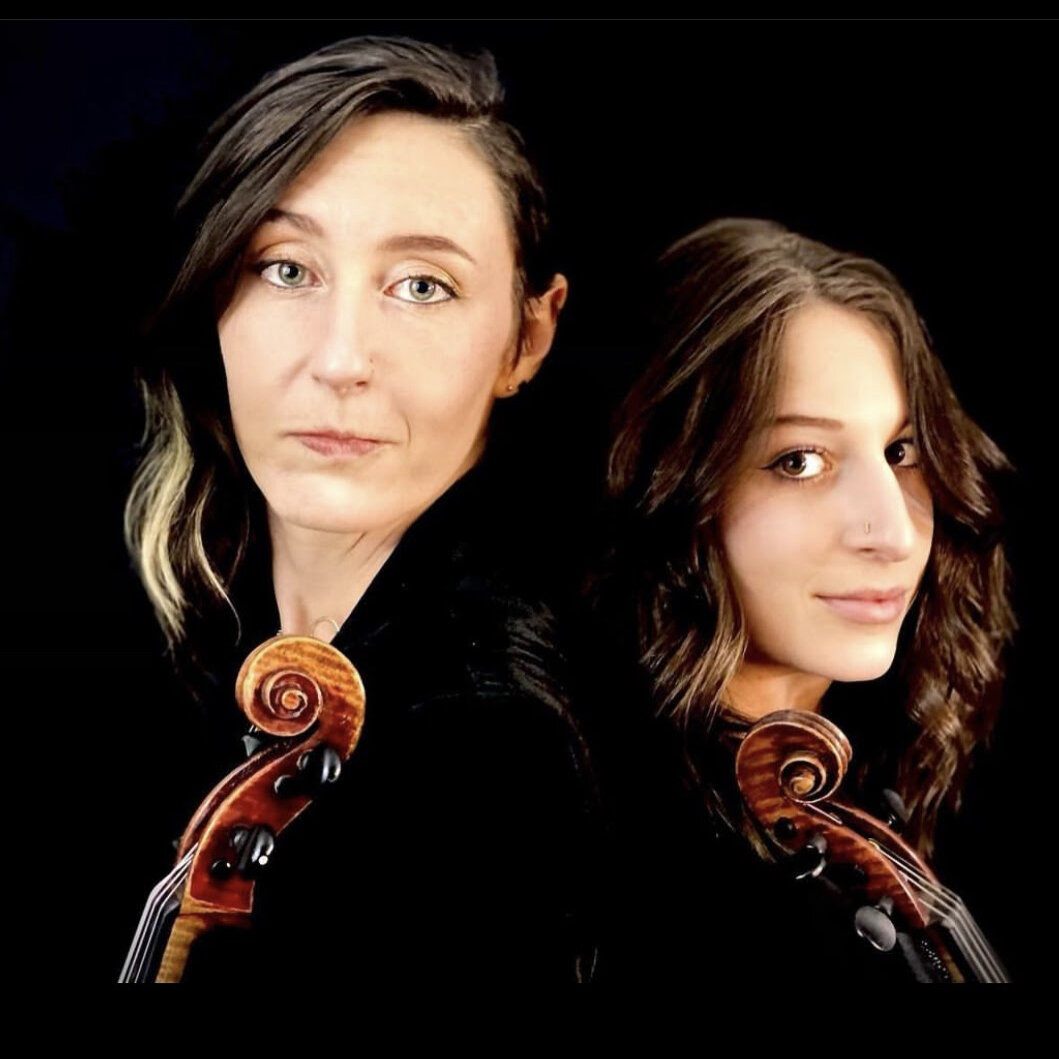
Violists Aria Cheregosha and Lauren Spaulding bring their passionate artistry to Tallā Rouge duo through commissioning, arranging, and performing works that lift the viola duo into a virtuosic light. This dynamic and genre-bending ensemble, fueled by their Persian and Cajun roots, ignites the stage with their fiery heritages — challenging the standards of what classical music can look like in today’s world. Tallā Rouge | طلای سرخ
More can be found at: https://www.tallarouge.com/
Concert Dates
- February 19, 2023 - 2:00 PM EST (UTC-5)
15 one-minute selections for Talla Rouge
-
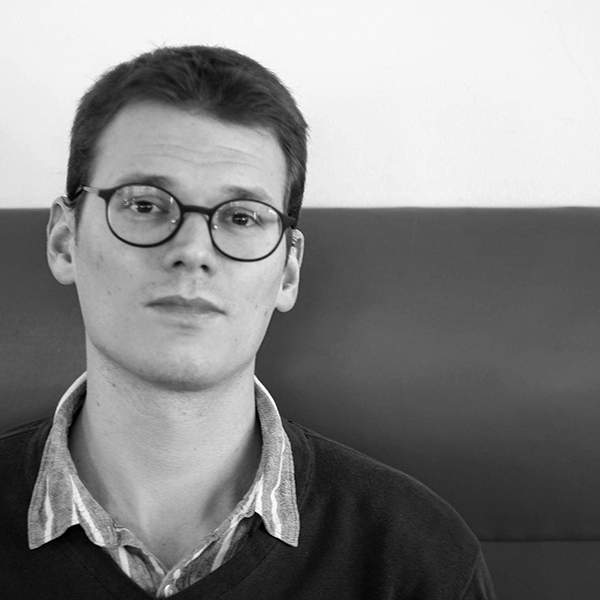
Satmar Song
Máté Balogh
It is a contemporary reflection to the musical culture of the Satmar Hasidic people. They are originated from Satmar, Hungary, but in the WWII moved to Brooklyn, New York. My compositional goal is to show the very typical Satmar-Jewish-cantillation in the context of my own instrumental language.
Máté Balogh (1990) is a Hungarian composer and lecturer at the Music Theory Department of the Franz Liszt Academy Of Music, Budapest and also a guest professor at the Conservatory of Trieste, Italy. His pieces were performed all over Europe and in Turkey, the U.S., China, Taiwan and Japan.
-
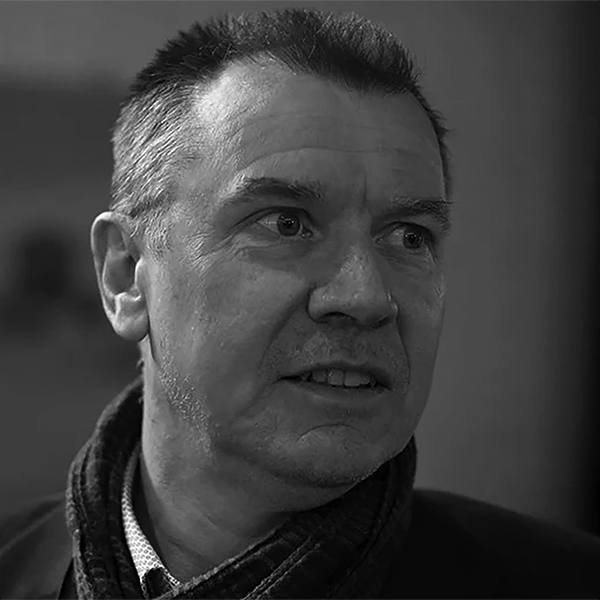
TANNAT
Werner De Bleser
Tannat is a world spread red wine grape. The tannatgrape is, just like the viola, characterized by its deep dark color. With its folklike melody and ostinato counterpoint, the piece reflects some old Flemish farmers’ wedding.
I played in various ensembles for which I wrote a lot of music. These ensembles create special programmes for local cultural associations that aim to make classical music known to all sections of the population. Many concerts are also organised every year in homes for the elderly.
-
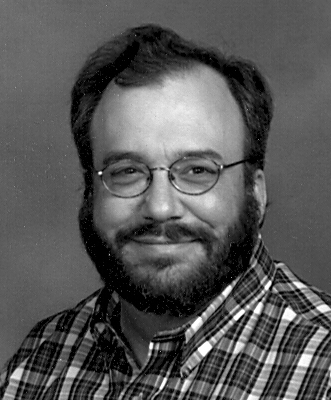
Zan. Zendegi. Azadi
David Bohn
Zan. Zendegi. Azadi. is based on Gusheh-ye Parvane from the Dastgah-e Rast-Panjgah in the Persian Classical Musical tradition. While this score was written specifically with Tallā Rouge in mind, it is dedicated to the brave women and men in Iran fighting against oppression and tyranny.David Bohn received degrees in composition from the University of Wisconsin, University of Wisconsin-Milwaukee, and the University of Illinois. He currently resides in West Allis, Wisconsin, and is the music coordinator at Peace Methodist Church in Brookfield. He is the President of the Wisconsin Alliance for Composers.
-
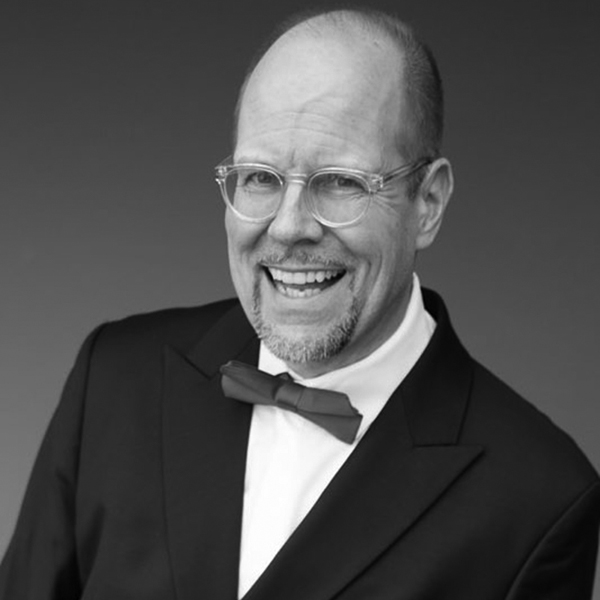
Must I?
Benedikt Brydern
"Must I?" is based on the German folksong "Muss i denn .." written in 1827 , which originally is about a man leaving town and his loved one behind.Elvis Presley used it in the movie G.I.Blues ("Wooden Heart") which became a hit on the US charts.
Benedikt Brydern studied violin and piano at the Richard-Strauss Academy of Music in Munich, Germany.His compositions have been performed by the Atlanta Symphony Orchestra, the Sacramento Philharmonic, the Oakland East Bay Symphony and many chamber music ensembles worldwide.His music has been published by Ries&Erler,Mel Bay and Peer Music
-
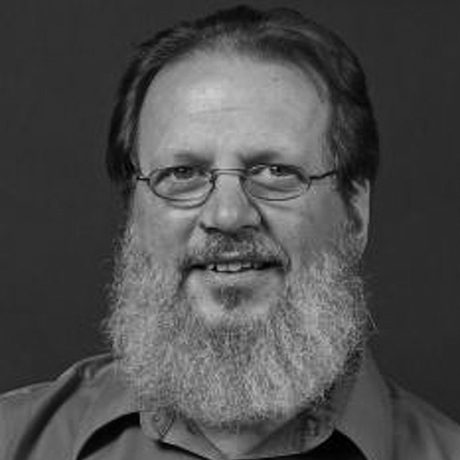
Slow Air & Slip Jig
Jim Dalton
Two types of Irish fiddle tune simultaneously. This prolation canon uses the same tune in two tempi. Each pitch of the slow air is three times the length of the corresponding pitch in the first section of the slip jig.
Jim Dalton is a composer, performer, and professor of music theory at Boston Conservatory at Berklee. In addition to his interests in symmetries, canons, and microtones, he has a deep love for traditional music of all kinds, especially that of his Irish ancestors.
-
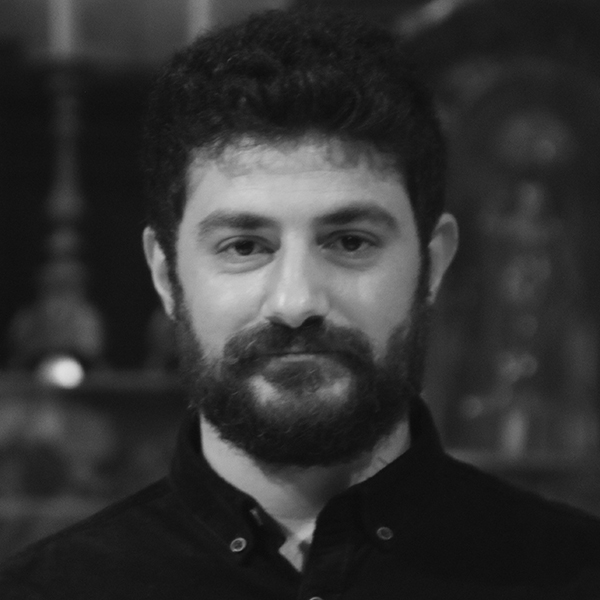
Raqsa Qassira
Wajdi Abou Diab
"Raqsa Qassira" is a one-minute piece for two violas inspired by the dances performed at the Lebanese wedding by the mother of the pride, including some microtonal elements from the Arabic maqam music, and rhythmic elements from the traditional folkloric Lebanese rhythm cycles.
Born in Lebanon, and graduated from the Lebanese National Conservatory of Music and the Antonin University, with a double cultural background: The Arabic Levantine musicale culture and the western classical music culture, Wajdi Abou Diab is a composer, musicologist, and educator who searches for inspiration in the elements of Arabic music, as well as in classical Arabic language and rhythms of poetry.
-
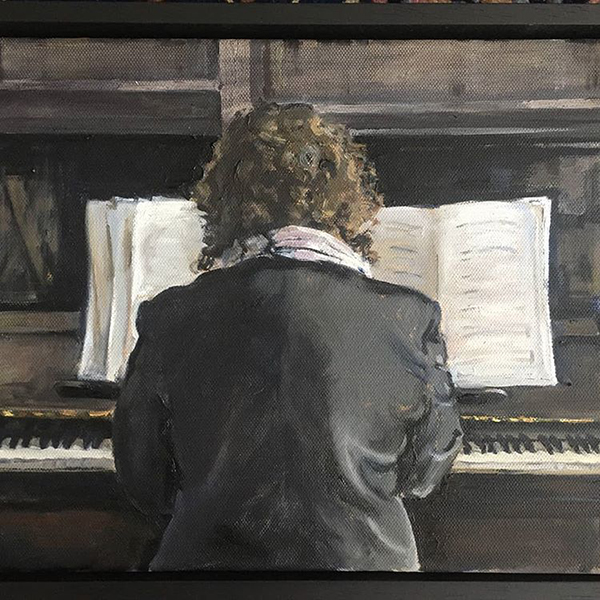
Almost Barely
Iannis Eralos
The title "Almost Barely", describes the tremolo that is heard throughout the piece. All tremolos produce an ever-moving sound, with a slight internal agitation, just as the wind stirs the leaves of a tree and produces an elusive, ever-changing image. 'Almost' a definite note, 'barely' a static sound.Composer and musicologist born in 1949, lives in Thessaloniki. His writings and his music explore a narrow group of artistic principles: proportion, different types of symmetry and Gestalt laws of musical form perception. He acknowledges the mythological thought of the Classical Greek heritage and its potential for ordering sounds.
-
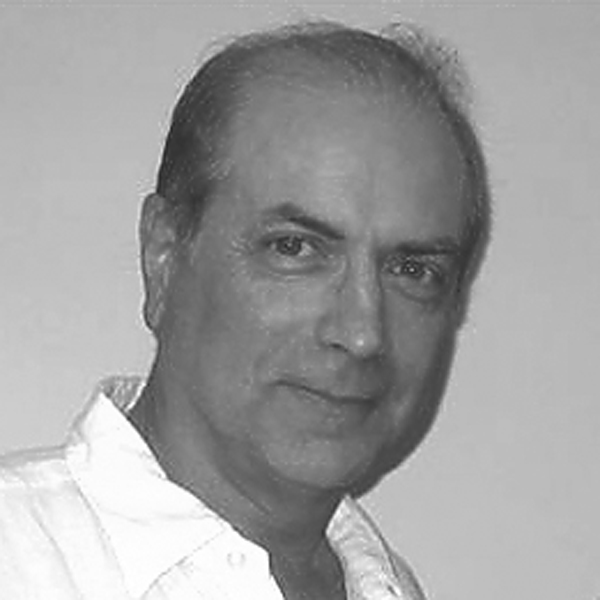
Morning Round
Jay Anthony Gach
Morning Round is a fast vigorous country dance.
Jay Anthony Gach is a professional composer of concert and media music.
-
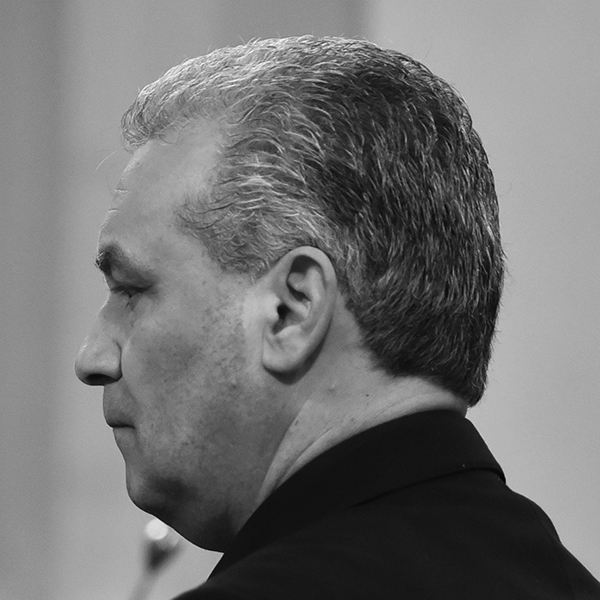
Canto, for two violas
Michael Laus
Canto, for two violas, is inspired by the folk music known as ‘għana’ from my homeland, Malta. This consists of singing on improvised lyrics with an accompaniment of two guitars, in a moderately slow tempo. The piece is entirely based on the whole tone scale.
Michael Laus studied piano, harpsichord and composition at the Conservatorio Giuseppe Verdi of Milan and conducting with George Manahan and Vladimir Delman. He has been Resident Conductor of the Malta Philharmonic Orchestra for 25 years and collaborated with Arvo Pärt among others. He is Associate Professor at the Malta University.
-
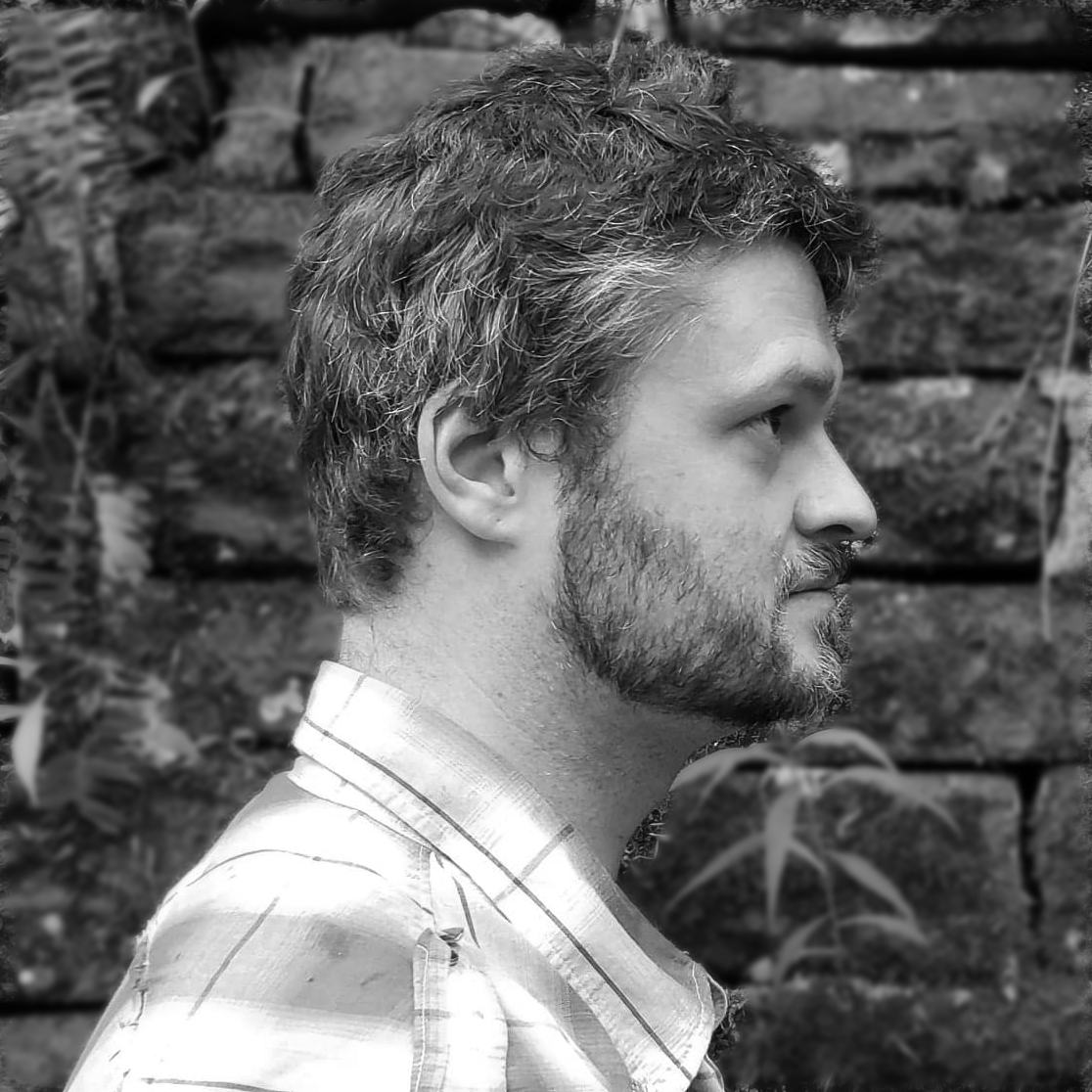
Sea Shanty
Ryan Charles Ramer
This original melody recalls a drunkenly sung sea shanty. The simple melody is shifted into all variety of "wrong notes" to give the impression that it falls out of key. The tune was composed to sound familiar and singable, with a flashy presentation from the violas.re. I hoped to capture a scene of playful and mischievous foxes.
Ryan Charles Ramer is a composer from Cleveland Ohio whose compositional style lies at the intersection of Baroque, Romantic, and Modern. His output includes opera, chamber and choral music, orchestral work, hundreds of art songs, and countless pieces for keyboard (2-13 hands). He has many videos of Youtube. -
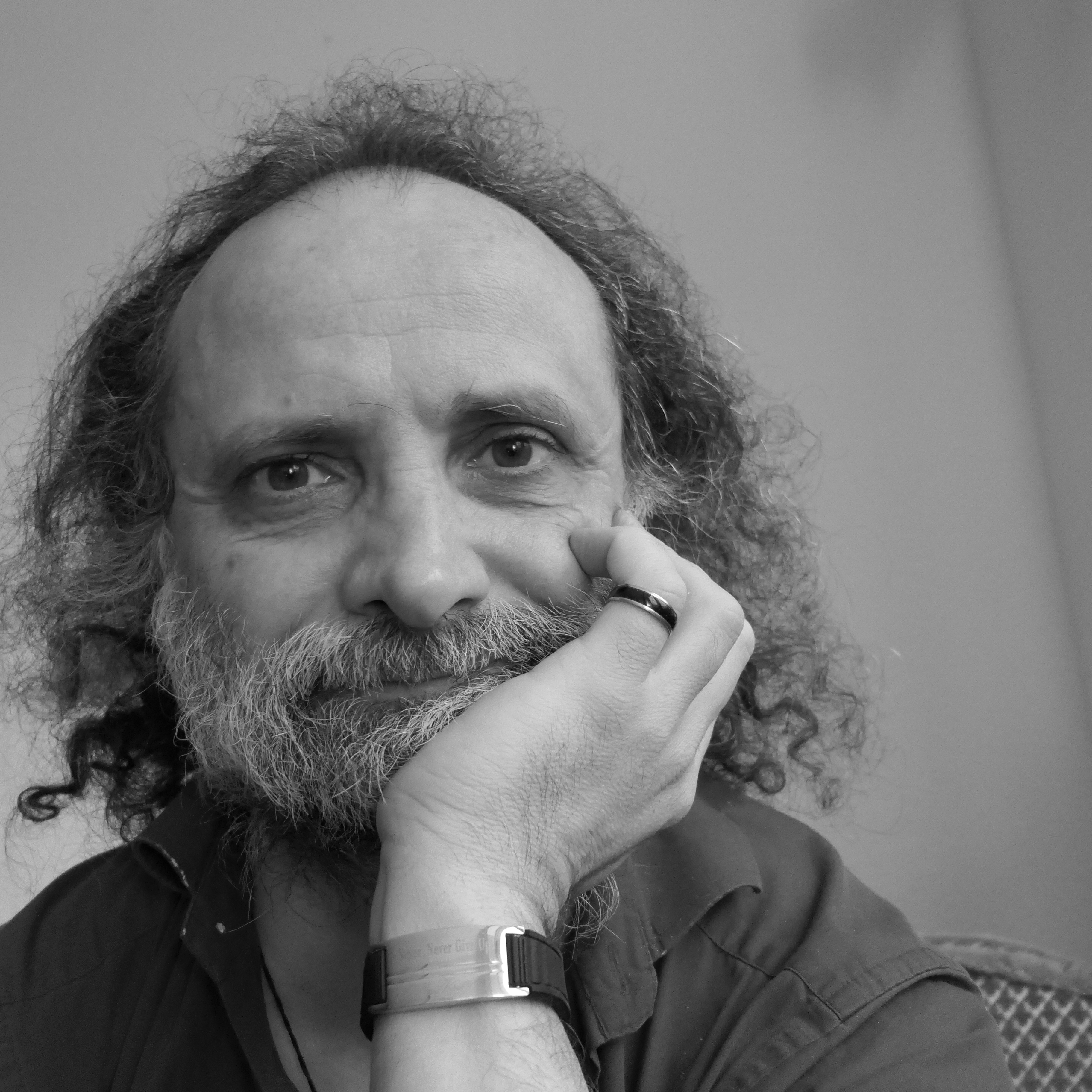
Insobornable clandestinidad
Juan María Solare
Insobornable clandestinidad (unbribable clandestinity) is a deconstructed tango. Tango - Argentina's urban folk music par excellence - has elements of clandestinity: an aura of secrecy and degrees of illicitness. 'Unbribable', because to renounce this clandestinity would adulterate its expressive force. 'Deconstructed', because it is here reduced to rubble.
Juan María Solare, born in 1966 in Argentina, works in Germany as composer & pianist (contemporary music & tango), teaching at the University of Bremen and at the Hochschule für Künste Bremen. His music has been performed in five continents and has received over 23 million streams on Spotify. http://www.JuanMariaSolare.com -

Mandôs for two violas
José Jesus de Azevedo Souza
Mandôs have elements of Indian and Portuguese culture and this abridged version of a mandô represents the meeting point of eastern and western musical traditions. The mandô is a monologue and is typically performed followed by a lively dance. This work begins quite somberly and evolves into a brighter hue.
José Jesus de Azevedo Souza studied in England at the Purcell School with a scholarship from the Calouste Gulbenkian Foundation. He then studied at the Trinity College of Music and the University of Sheffield. His music has since been performed in Europe, Asia, North and South America and the Pacific.
-
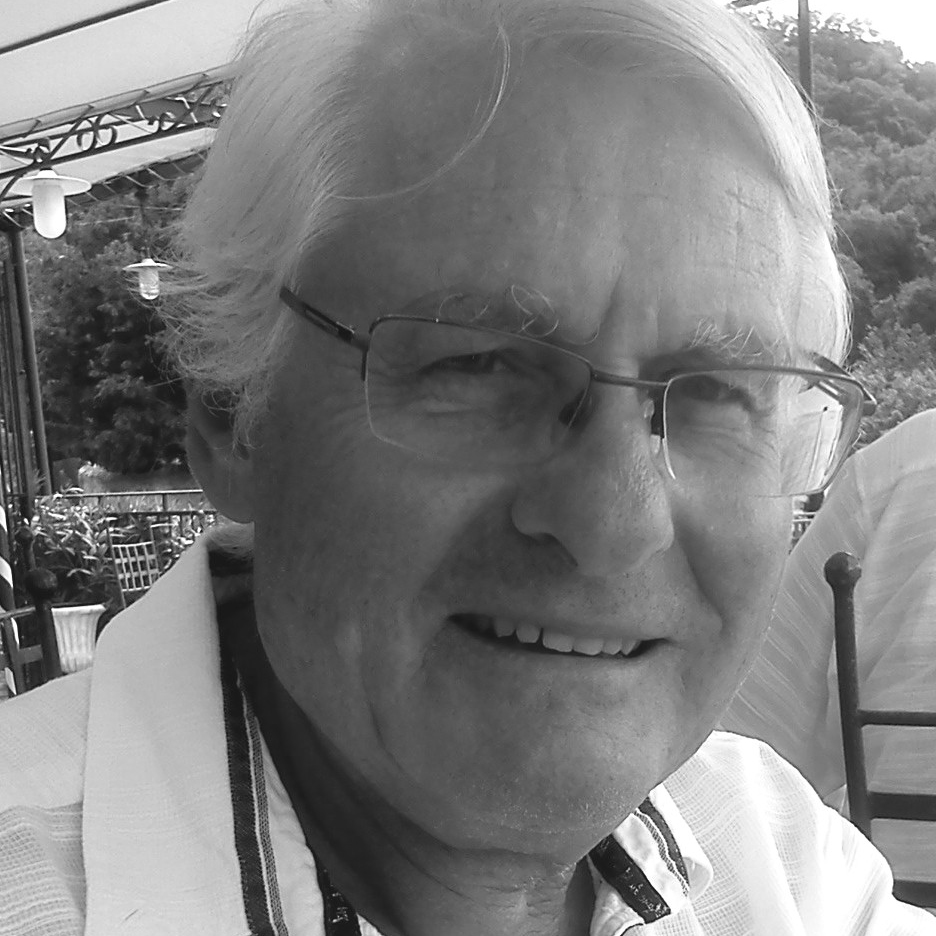
Colchiques d'Automne
Jean-Pierre Vial
Colchiques d'Automne (Meadow Saffron) is a boy-scout song composed during World War II. Since then, it has become a very popular French song. This arrangement for viola duo has been specially prepared for the Tallā Rouge duo.
Jean-Pierre Vial, born in 1946 near Paris, France, is a former software designer. At an early age, he learned the piano, the organ, and composed several pieces for both instruments. Over the last decade, various soloists, small ensembles, or orchestras have performed his music worldwide. -
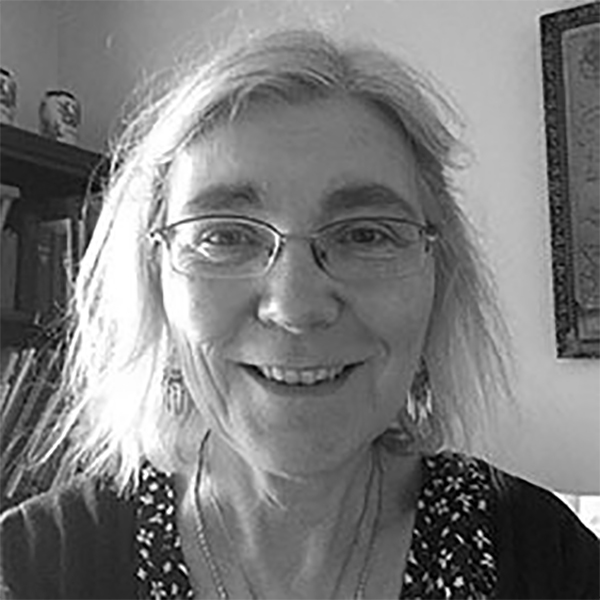
Axel Tordsson
Anna Vriend
To my roots… The melody in this piece is from a Swedish folksong dating from 1715. The words to the folksong are taken from a medieval ballad consisting of 200 verses. It tells the love story of knight Axel and Valborg Ingemarsdotter, going back to Norwegian and Danish traditions.
Anna Vriend won third prize in the VIII International Composition Competition Opus Ignotum. Several of her works have been published by Alea Publishing. Timothy Boninfant performed her piece “Icebreaker” in January 2023 in a recital “Bass clarinet miniatures by women composers” at the Low Clarinet Festival in Arizona.
-
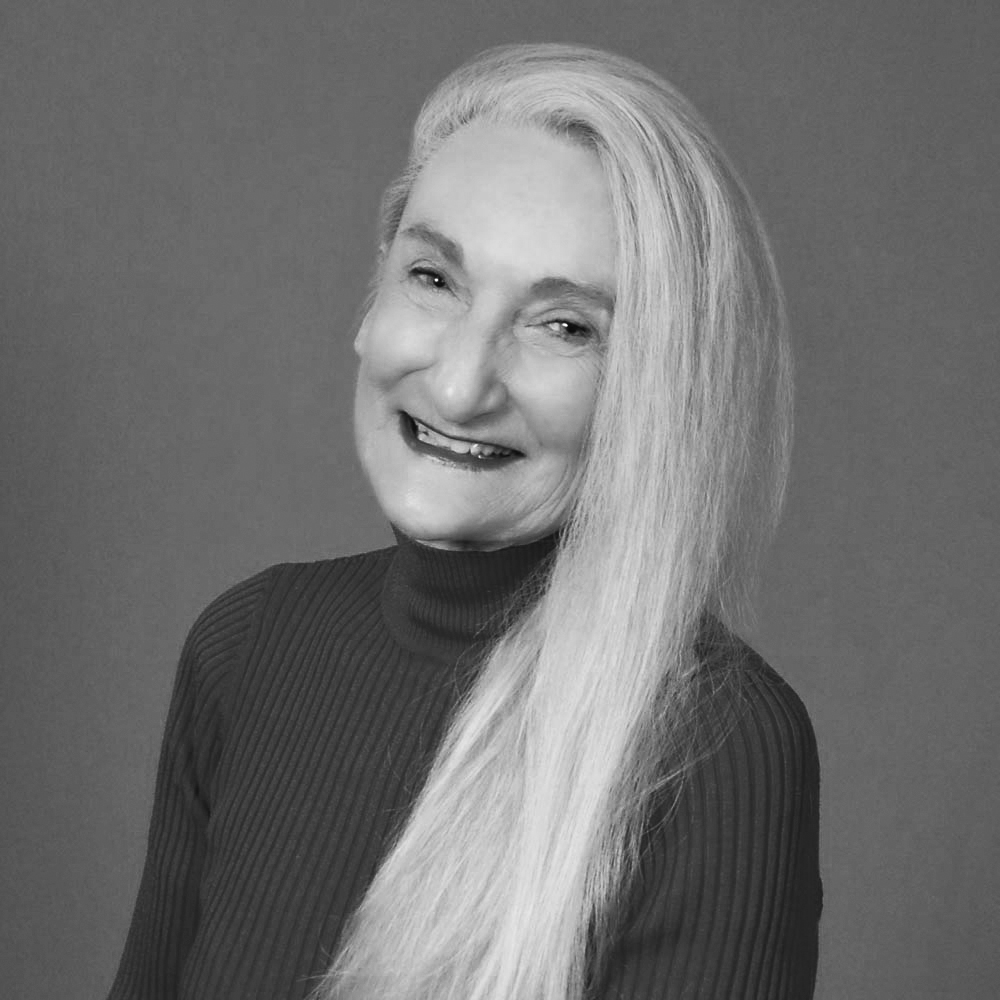
Bonnie Scotland
Betty Wishart
This short piecce honors my heritage and Scottish fiddle tunes.
Betty Wishart received degrees from Queens University, UNC at Chapel Hill and pursued further studies in New York City. Her music has been performed in Greece, Italy, France, Germany, Russia, South Korea, and throughout the United States. For more information vist bettywishart.com.